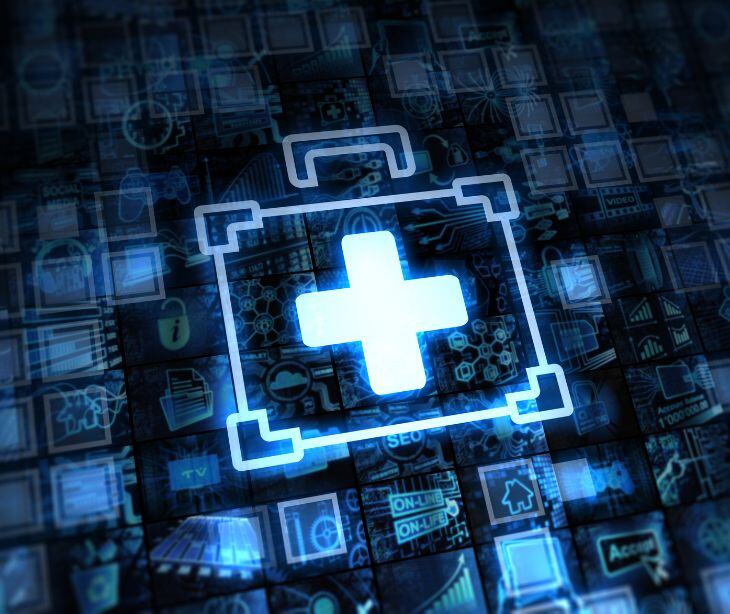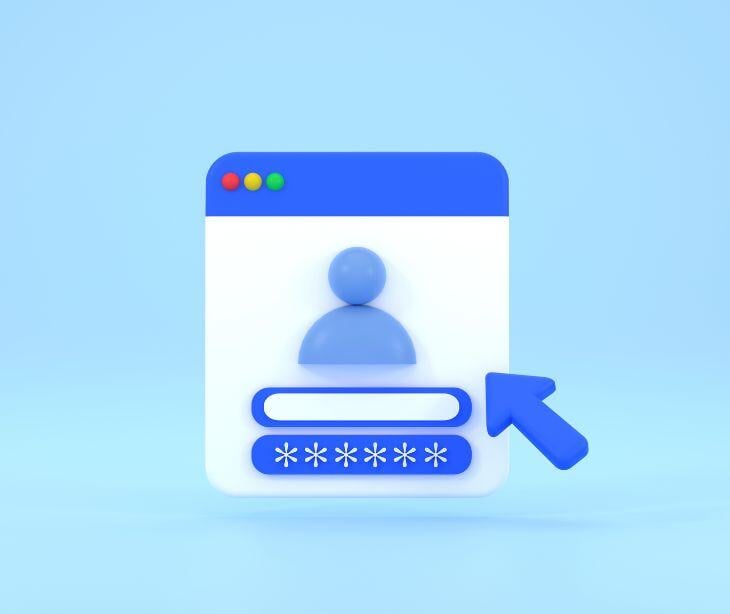
Portal-based messaging, a feature within many electronic health record (EHR) systems, facilitates communication between healthcare providers and patients.
While the feature aims to modernize healthcare communication, it inadvertently creates barriers, making healthcare less accessible and personal and raising questions about the equity and effectiveness of such a system in addressing the diverse needs of all patients.
On a technical level, portals operate as secure web-based platforms that patients can access through the internet using a computer or mobile device. Once a patient creates an account and logs in, the portal interfaces with the EHR to retrieve the patient's personal health information. This information can include medical history, test results, and medications.
However, a deeper look reveals drawbacks.
See also: Are patient portals the best way to communicate with your patients?
The downside of using portal messaging
An International Journal of Medical Informatics study notes the concerns of healthcare providers when using portal messaging, “Providers’ concerns with opening this line of communication include fit with current workflow, potentially being flooded with messages leading to increased workload, and not being reimbursed for the time spent responding to messages.” Promoted under the guise of improving patient-centered care, these digital tools often fall short.
Portals introduce a layer of complexity to the patient experience.
- Digital literacy requirements: Patients need a certain level of digital literacy to navigate and effectively use these portals, which can be a barrier for older adults, those with limited tech experience, or individuals from low socioeconomic backgrounds.
- Accessibility issues: Not all patients have equal access to the internet or the necessary devices, leading to disparities in healthcare access.
- Complex user interfaces: Portals often have complex interfaces that can be confusing and intimidating, especially for those unfamiliar with digital tools.
- Reduced personal interaction: Using digital messaging can reduce interaction between patients and healthcare providers.
- Inconsistent use among providers: If healthcare providers do not consistently use or update the portal, it can lead to misinformation or outdated information being relayed to the patient.
- Risk of oversimplifying medical information: The need to condense information for portal messaging can lead to oversimplification, potentially leaving out critical nuances in healthcare communication.
See also: The challenges of navigating portals for patients
FAQs
What are the main disadvantages of using portal-based messaging?
The need for specific logins and navigating through a potentially complex portal interface can be challenging for some patient demographics.
How does portal-based messaging differ from regular HIPAA compliant email communication?
While portal-based messaging offers a secure method of communicating with patients, HIPAA compliant email is more integrated into patients' everyday digital routines. This makes HIPAA compliant email a seamless and more convenient option for patients.
What are alternatives to portal-based messaging?
Encrypted email is a secure, HIPAA compliant alternative to portal-based messaging.
Learn more: Top 10 HIPAA compliant email services
Subscribe to Paubox Weekly
Every Friday we'll bring you the most important news from Paubox. Our aim is to make you smarter, faster.



